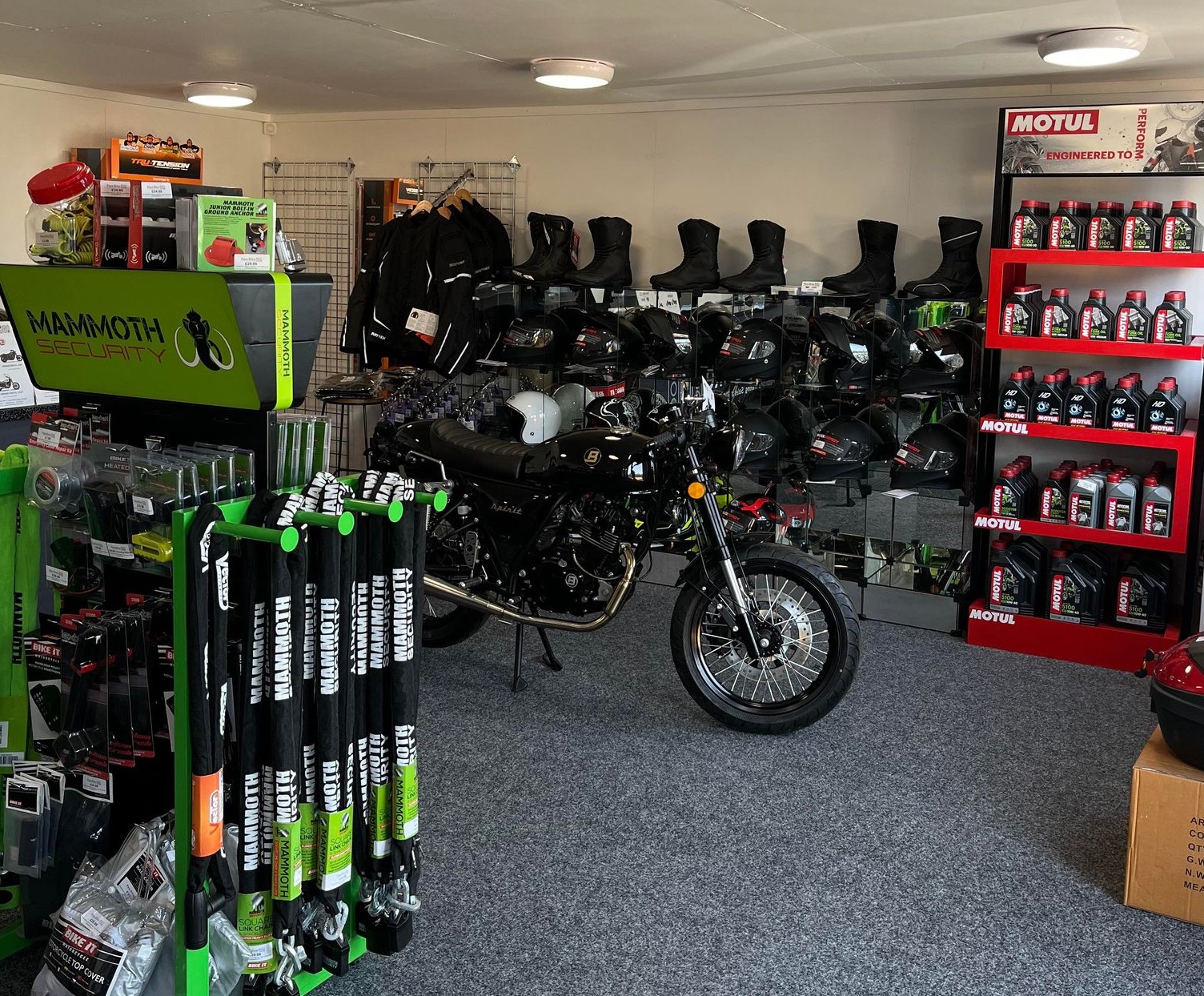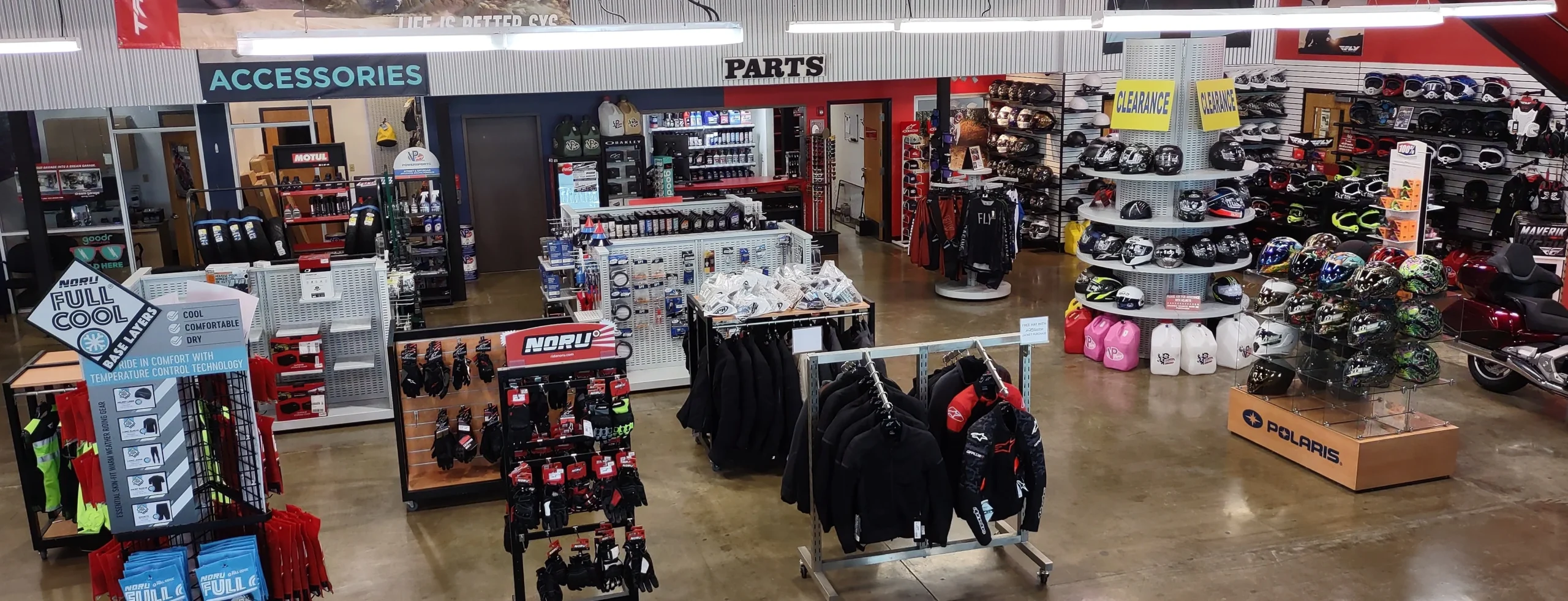Check Out the most recent Motocross Gear NZ for every single Level of Rider
Check Out the most recent Motocross Gear NZ for every single Level of Rider
Blog Article
Understanding the Vital Parts of a Motorbike: A Comprehensive Guide for Lovers
For bike fanatics looking to boost their riding experience and guarantee their bikes run smoothly, recognizing the vital components of a bike is paramount. Each component, from the engine's detailed operations to the critical duty of the braking systems, not just impacts performance but additionally security and comfort.
Engine Components

The camshaft plays a critical duty in managing the timing of the engine's valves, ensuring the exact opening and closing necessary for reliable fuel and air consumption, along with exhaust expulsion. This timing is essential to preserving optimal engine performance and performance. In addition, the carburetor or fuel shot system, relying on the motorcycle design, is liable for blending air with fuel in the proper proportion for burning.
The cooling system, either air or liquid-based, works to maintain the engine's temperature level within operational limitations, avoiding overheating and ensuring long life - motorcycle shop. Each component, meticulously created and incorporated, adds to the seamless procedure of the engine, defining the motorcycle's power result and general efficiency
Transmission System
Integral to the motorbike's performance, the transmission system guarantees reliable power transfer from the engine to the wheels. This system makes up a number of essential parts, including the clutch, transmission, and final drive, each playing a vital role in translating the engine's power right into movement. The clutch, commonly run by a hand bar, serves to disengage the engine and involve from the transmission, enabling smooth equipment modifications and controlled velocity.
The transmission, frequently referred to as the transmission proper, contains a set of equipments that riders can manually move via to adjust the bike's rate and torque outcome. These equipments are organized in a series that allows the bike to accelerate smoothly and maintain ideal engine efficiency throughout different rates. The majority of motorcycles use a sequential gearbox, calling for the rider to shift equipments in a fixed order.
Braking Mechanisms
While recognizing the transmission system is crucial to taking advantage of a motorcycle's power, just as essential is the capacity to manage and quit that power successfully, which is where stopping mechanisms enter into play. Brakes are important for security and performance, offering the cyclist with the necessary control to navigate numerous terrains and problems. Typically, bikes include 2 kinds of braking systems: disc brakes and drum brakes.
Disc brakes are extra widespread in modern-day bikes due to their exceptional performance. They consist of a brake disc, caliper, and pads. When activated, the caliper squeezes the brake pads against the spinning disc, transforming kinetic energy right into heat, thus slowing down the wheel. This system offers much better warmth dissipation, constant performance, and boosted stopping power, particularly in wet problems.
On the other hand, drum brakes, though much less typical, are still located in some motorcycles. They function by pushing brake shoes versus the internal surface of a drum connected to the wheel. While usually much less efficient in warm dissipation and stopping power, drum brakes are less complex and more economical.
Recognizing these stopping systems' nuances allows motorcyclists to preserve their motorcycles appropriately and appreciate the design that makes certain efficient and secure stopping.
Suspension and Steering
Suspension and steering systems are crucial components that significantly affect a motorbike's handling and adventure convenience. The suspension system, being composed of forks at the front and shock absorbers at the rear, takes in road irregularities, enhancing security and control. Front forks, inverted or commonly telescopic, compress and rebound to reduce impacts, while rear shock absorbers keep tire call with the road, essential for grip and safety and security.
Steering, centered around the handlebars, attaches the biker to the bike's directional control. The guiding head bearings guarantee smooth procedure, allowing accurate maneuverability. Appropriate positioning and upkeep of these bearings are vital for foreseeable company website guiding feedback and lowering motorcyclist fatigue.
The suspension's adjustability is one more crucial facet; preload, damping, and rebound setups permit modification to match numerous riding styles and problems. This adaptability is necessary for enhancing efficiency, whether browsing city streets or tackling tough tracks. Developments like digital read this post here suspension systems provide real-time adjustments, boosting trip top quality across diverse surfaces.

Electric Systems
After making certain a regulated and smooth adventure via effective suspension and guiding systems, interest transforms to the electric systems, a critical facet of contemporary motorcycles. These systems play a critical role not just in beginning the engine however additionally in powering various elements that boost the performance and safety and security of the motorcycle.
At the heart of a motorbike's electric system is the battery, which shops electric energy required for beginning the engine and powering auxiliary systems - mx parts nz. The generator or generator, paired with the rectifier-regulator, guarantees the battery remains charged while the motorcycle functions, transforming mechanical energy right into electrical power and keeping voltage degrees
The ignition system, one more important component, is in charge of stiring up the air-fuel mixture in the engine's cylinders. Modern motorbikes commonly make use of an electronic ignition system, using higher effectiveness and dependability compared to typical systems.
Lighting systems, including fronts lights, tail lights, and indications, are additionally vital, guaranteeing visibility and security for the cyclist. Added digital elements such as sensors, control units, and displays add to sophisticated features like fuel shot administration, anti-lock braking systems (ABS), and digital control panels, better boosting the riding experience.
Final Thought
An extensive comprehension of a bike's crucial components, consisting of the engine, transmission system, braking devices, suspension, guiding, and electric systems, is crucial for enthusiasts intending to optimize performance, convenience, and security. Proficiency of these components enables educated decisions regarding maintenance and upgrades, inevitably enhancing the riding experience. By incorporating this knowledge, riders can ensure their bikes run at peak effectiveness and integrity, thus maximizing both pleasure and long life of their vehicles.
For bike enthusiasts looking to raise their riding experience and guarantee their bikes run efficiently, understanding the crucial components of a motorbike is vital.Indispensable to the motorcycle's capability, the transmission system ensures efficient power transfer from the engine to the wheels.While comprehending the transmission system is crucial to harnessing a motorbike's power, similarly crucial is the capacity to regulate and quit that power successfully, which is where stopping systems come into play. Generally, bikes include 2 kinds of stopping systems: disc brakes and drum brakes.
A comprehensive comprehension of a motorbike's vital parts, including the engine, transmission system, braking devices, suspension, guiding, visit our website and electrical systems, is essential for lovers aiming to optimize efficiency, safety, and comfort.
Report this page